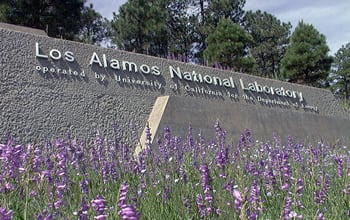
Due primarily to COVID-19, Los Alamos National Laboratory believed it could take a year longer than expected for the the lab to casting 10 plutonium pits annually in New Mexico, according to an internal document.
A redacted copy of the Los Alamos-authored document,…